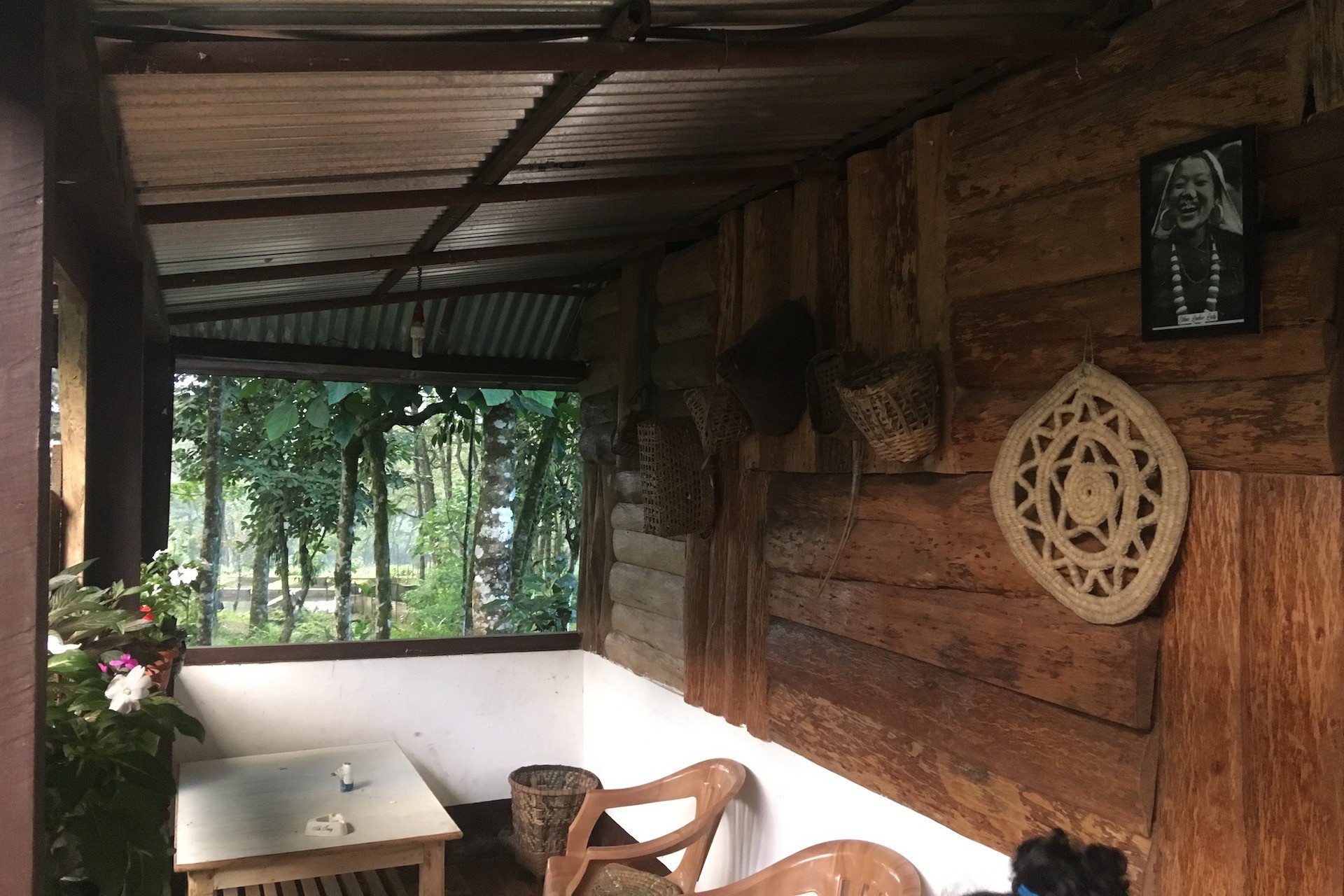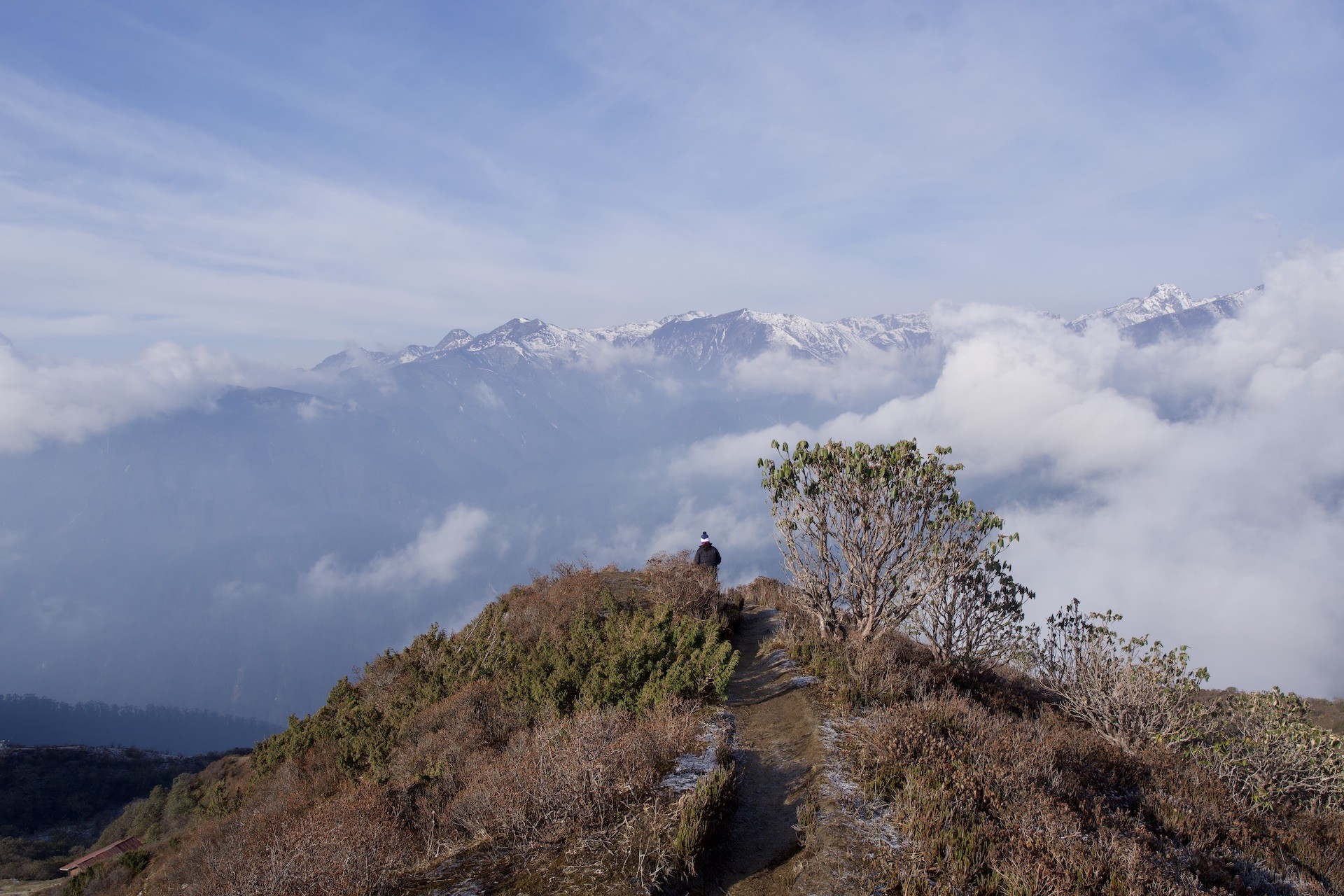Inside NorthEast India Kitchens?
Tradition Naga kitchen features a typical traditional kitchen of Nagaland’s Konyak tribes, complete with preserved agricultural and animal items. Seasonal shifts and sunrise patterns influence food intake. In Indian districts of the Northeast, the variety changes as well. Women’s ethnic food variants do not contain disengagement.
They are part of a complex dynamic that includes nutrition, health, food security, culture, ethics, subsistence economy,, and environmental sustainability.
The processing and preparation of ethnic meals demonstrate not just tribal women’s inventiveness and dietary heritage. It also shows their gradual learning to support life and the ecosystem as a whole.
The components used in meals vary according to culture. In addition, each state’s processing procedure for these items differs. It is different due to climate and overall knowledge of the processing and preparation.
How it all started?
An attempt has been made to study cultural meals composed of native soybean, bamboo shoot, tree bean, lai patta (leafy mustard), and rai (Brassica juncea) in light of the diversity in ethnic foods (Linn.)
Using the mixed recall period in 2004-05, the projected poverty rate in the region was 17%, which was lower than the country’s general poverty rate of 22%, but the measure has various flaws and is unreliable.
Empowering individuals with skills guarantees that they have enough food, clothing, and housing, ensuring that no family goes hungry, lives a healthy life, and contributes effectively to the growing process.
This, too, necessitates a structural shift in the region away from government-dominated economies and economic structures moulded by top-down planning and toward participatory planning with private sector participation in the growth process.
It could, however, be related to the fact that the reference diet is designed for those who engage in moderate-to-high levels of activity, whereas available research indicate that Indians are inactive.
Animal-based foods have a lower percentage of calories in Indian diets, regardless of household type.
Calories from protein sources are less than half of the 726 kcal in the reference diet, even for the richest 5% of India’s population. Traditional foods cooked and prepared by Northeastern women are inextricably linked to their sociocultural, ecological, spiritual, and physical well-being.
In all sections of India, the wealthiest households consume more meat (or calories) than the typical household.
Reducing Dependence on ‘Imports’ in Livestock and Fisheries Although all of the states have surplus meat, they are heavily reliant on ‘imports’ to supply their demand for eggs, fish, and milk.
Rice is consumed either steam cooked (ukhua) or sundried as a staple meal (aaroi).
Why obesity is rising?
Why is obesity on the rise in India? Despite a lower average total calorie intake than the EAT-Lancet reference diet or even the ICMR recommendations? This is an issue that is outside the scope of this article.




